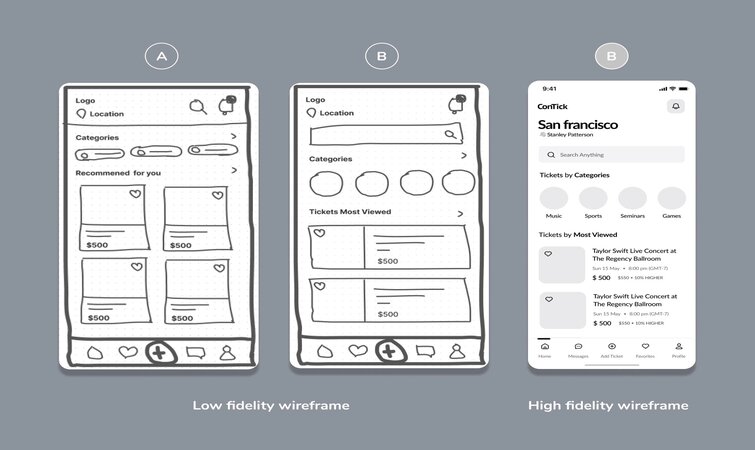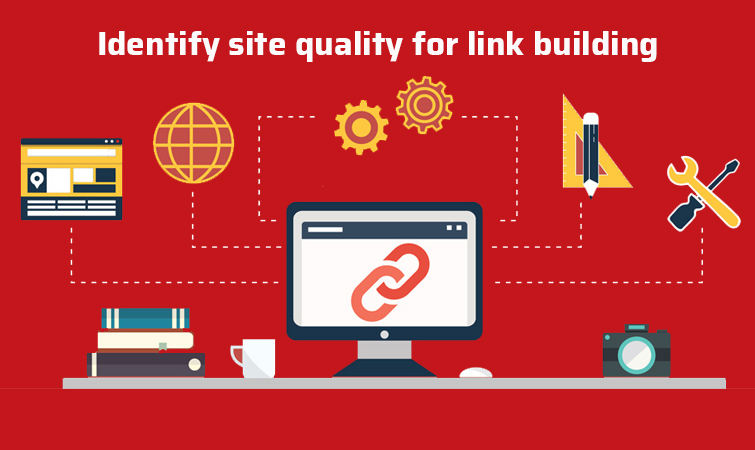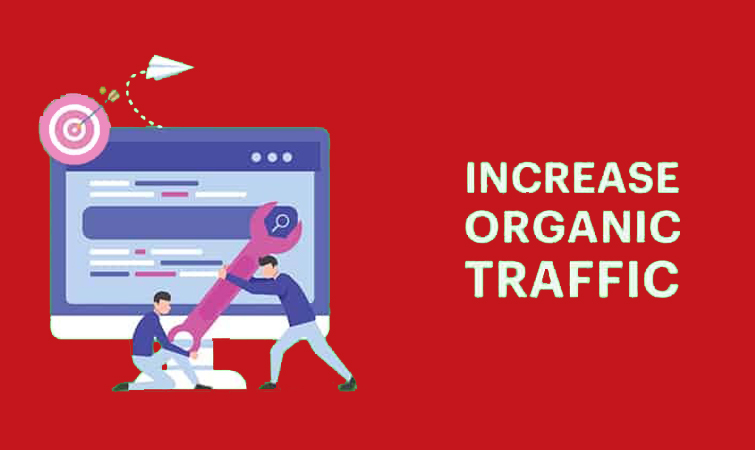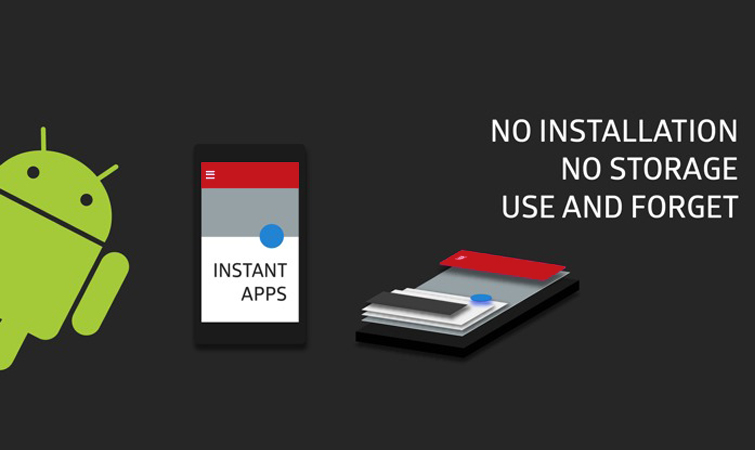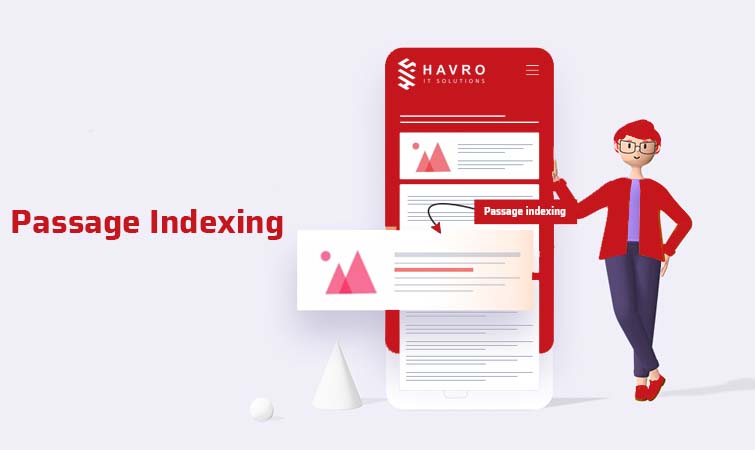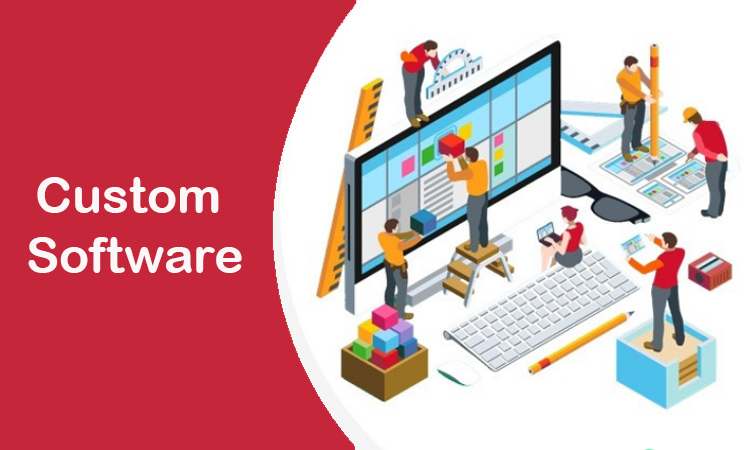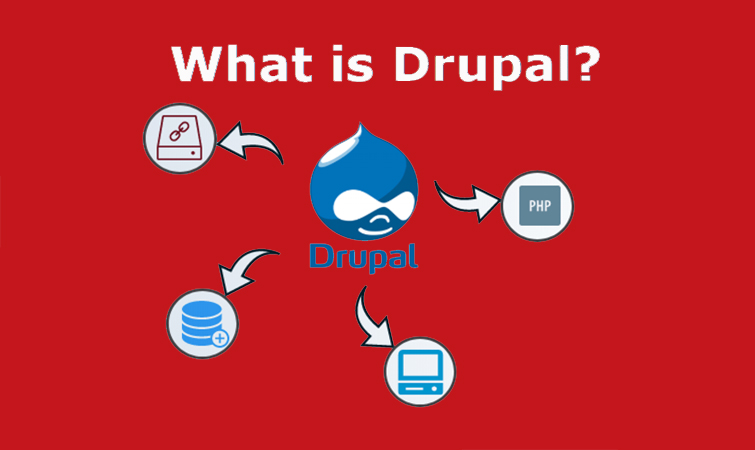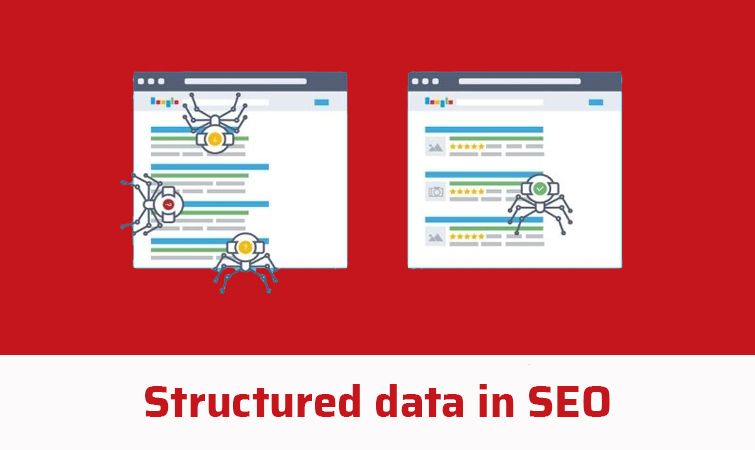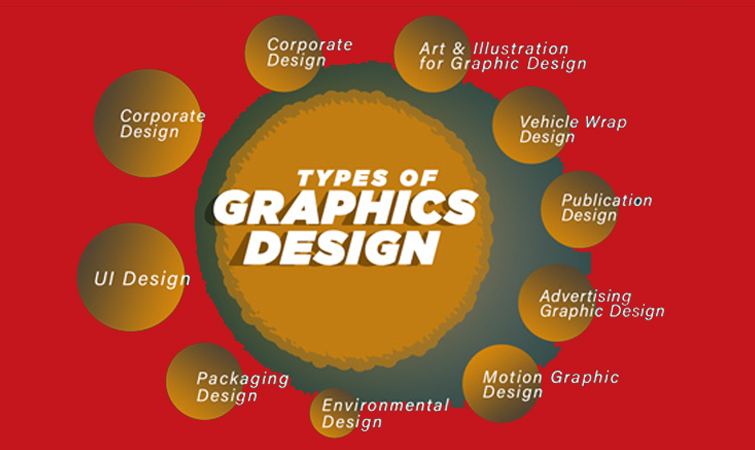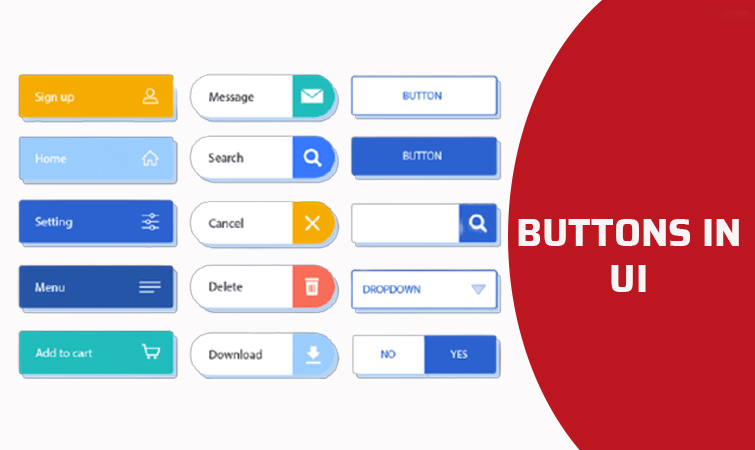SEO Link-Building Strategies that Work
SEO link-building strategies are creating linkable assets, involvement in social media, guest posting, finding unlinked brand mentions, broken link building, imitating competitors’ backlinks, and obtaining missing backlinks.
Link building isn’t leisure. It’s freaking hard. This is why most people struggle to build needle-moving links to their site, regardless of the strategies they use. SEO expert in Chennai follows certain strategies in link-building.
Link building is the technique of attaining links to your website from other websites. It is known as backlinks in SEO. Acquiring backlinks from high-quality sites can enact control over your site, as well as help you rank higher in the search engine results pages.
Is Link Building Important?
Say you own a prominent piece of content, while your website is fairly new and hasn’t attained much authority yet. Obtaining links from other faithful websites is a great way to assist Google to see your site as more authoritative.
If there is a page with more backlinks that often rank higher, it’s necessary to:
- Produce high-quality content worth linking to, and
- Use link-building strategies to assist more backlinks
How does Link Building work?
The finest way to expand your authority via link building is to acquire backlinks from reasonable, high-quality websites. If you have tons of backlinks but they are from spammy, unrelated sites, they presumably won’t help you rank any better.
There are multiple ways to obtain backlinks, including:
- Visitor blogging
- Social media promotion
- Manual outreach
- Pursuing competitors’ backlinks
How to Create Thriving Links
1. Request Links
Some of the most popular SEO link-building strategies for obtaining backlinks for SEO involve making link requests. They are an excellent approach for developing your brand and receiving exposure. They can help you establish links by utilizing the material that is already on your site. The issue is that this strategy isn’t always applied correctly.
The most frequent mistakes include neglecting to customize them and why this will benefit the website owner, as well as failing to include other websites except their own. Some of the tactics used by certain SEOs when making link requests are requesting links directly, mentioning the website’s problems, & offering a fix, citing your content as the source for the material you discovered, and offering to write a piece for the website and commissions and rewards being provided.
2. Manually Add Links
Manual link building is the act of putting links in your own content, such as press releases, blog comments, or guest posts on other websites. When you add links yourself, as opposed to depending on a journalist or other third party to link to your site, you are often completely in charge of the results of the strategies.
This is the reason why these SEO link-building strategies are frequently referred to as “manual link building.” But bear in mind that links that you control typically aren’t of the finest calibre. Any links that are not inserted editorially are considered manipulative in Google’s eyes. Editorial links can be manually added with intention, but it’s crucial to avoid spamming the page with links or adding them at random.
So long as it’s done carefully, there’s no need to be concerned about manually inserting links. This form of link building can help you establish yourself as a thought leader or deliver benefits like referral traffic. Interacting with consumers in your niche can also help you develop your brand.
However, creating linkages by yourself won’t provide you with a materially stronger competitive advantage. A strategy based on conventional link development is likely to be one that rivals may simply duplicate, similar to quick-win strategies.
3. Earn Links
You should implement a plan that will enable you to obtain editorially placed links in order to acquire a genuine competitive advantage through links. Although it takes a lot of work, link earning offers the best rewards. Therefore, be ready to commit time and money to building links. By doing this, you will secure links that rivals will find difficult to duplicate.
The greatest method to encourage other websites to link to yours is to make original, pertinent material that can spread naturally throughout the online community. A link is earned when a third party chooses to link to your website on their own initiative and for a specific purpose. This increases the value of both their material and your website.
Strategies for Successful Link Building
Here are some SEO link-building strategies for building restorative backlinks from quality websites and they are followed by the SEO company in Chennai.
- Make Linkable Assets
- Get Involved in social media
- Participate in Strategic Guest Posting
- Utilize Broken Link Building
- Find Unlinked Brand Mentions
- Imitate Competitors’ Backlinks
- Obtain Missing Backlinks
1. Make Linkable Assets
Content that can be linked to is referred to as linkable assets. An infographic is a popular form of linkable content; it’s a smart idea to deliver unique research to people in your field as a visual. Additionally, making linkable assets is a fantastic method to promote your company on social media and be noticed.
A whole post is around 30 times less likely to be read than an infographic, thus making supplementary linkable materials can fill the gap for readers who aren’t interested in reading your entire piece of content. Additionally, making linkable objects doesn’t require advanced graphic design skills.
Even if you’re just getting started or don’t have the money for creativity, you can use editable templates from websites like PicMonkey or Canva. When shared on social media, linkable assets can act as a portal for referral traffic, enabling your material to potentially reach wider audiences.
2. Get Involved in social media
Posting your material on social media is a simple approach to begin developing backlinks. Additionally, your chances of obtaining backlinks are likely to rise once you have access to graphics and other linkable assets.
But don’t forget to use social media for more than just releasing new content; otherwise, you’ll pass up a tonne of chances to build brand recognition. Even if you’ve never used social media before, getting started is simple:
- Post brand-related news and updates.
- Use your comments to interact with your audience.
- React to product mentions
- Take part in discussions in your niche on social media
All of them are beneficial strategies for enhancing brand presence on social media, which may boost authority and generate potential backlinks. Additionally, you can improve your social media profiles to make sure they link to your website in their bios.
Another useful strategy is to make sure you mention influential businesses and people in your content when talking about them. They are likely to share the article or link you shared on social media if they engage in social listening, which will help you create a backlink from a profile other than your own.
3. Participate in Strategic Guest Posting
It would be a bad idea to write material on any websites with low authority and have no relevance to your business in order to obtain backlinks; the traditional method of guest blogging is unquestionably dead. However, if done wisely, guest blogging can be a good strategy to build links.
Although it’s not the most scalable strategy, collaborating with a business in your sector to carry out a case study or share the findings of collaborative research could be advantageous.
If you receive requests from website owners that charge for guest posts on their blog, this is a major warning sign. Nowadays, Google is much too sophisticated to fall for these tricks, so it is preferable to choose a different route.
Start by contacting the site owner directly if you do think there is a solid chance for a partnership on a case study. While reaching out for guest posts may not always be successful, when done correctly, it can result in more visitors and backlinks.
4. Utilize Broken Link Building
Broken link building enables you to profit from material that is already on your site even if you lack the time to produce new content. Look for broken external links on websites in your niche and contact the site owners with a suggested piece of content from your website that they can use in its stead.
5. Find Unlinked Brand Mentions
Many companies discover themselves cited in the press from time to time, with some natural concerns and others reaching about as an outcome of your team’s efforts.
It is normal for this coverage to merely contain a brand mention and no links, but with a little work, a link may frequently be added. After that, you may respectfully email the person who recommended you and ask them to include a link. Be sure to explain how the link benefits their readers as this will help them make an easy decision.
Although you won’t always succeed in getting a link added, the ones you do manage to land with this strategy are worth the modest work.
6. Imitate Competitors’ Backlinks
It is a strategy of adopting and duplicating the exact link-building as adversaries who are succeeding in the world of link-building.
7. Obtain Missing Backlinks
While it’s crucial to look for fresh opportunities for link development, it can also be useful to keep an eye out for prior backlinks that you acquired but lost. Remember that links can sometimes disappear because the page that linked to you was deleted.
You can reach out nicely and suggest a place in the article where the link can be placed if the backlink was lost due to page rewrites. Bonus points if you’ve just added fresh content to the website, as this helps strengthen the case for the request.






